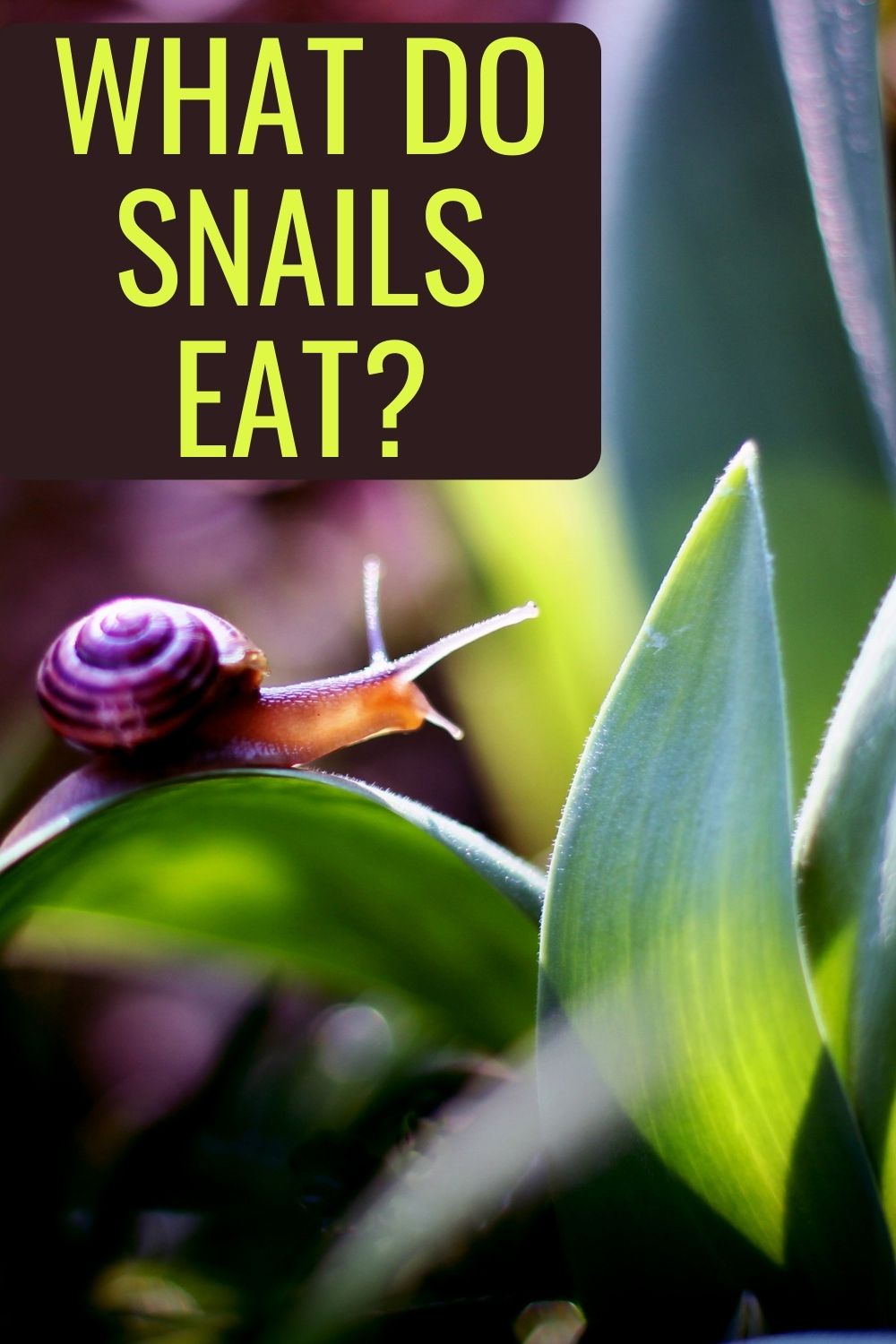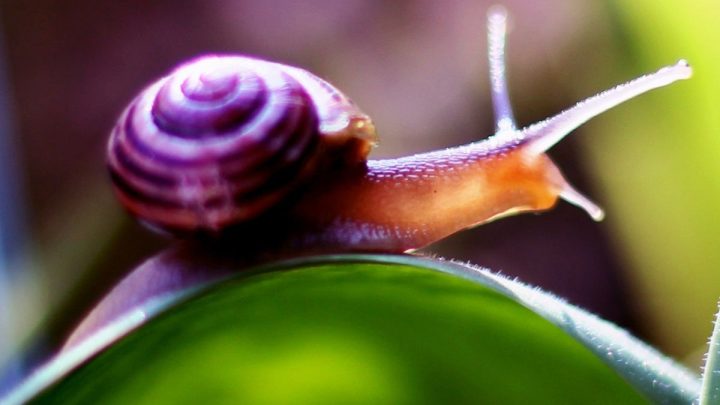What do snails eat? Most people have strong feelings towards snails; they either view them as destructive pests in their garden or see their benefit in cleaning up the garden of decaying matter. Some people even opt to keep them as pets! Whether you have feelings for or against these shelled creatures, knowing what they feed on is essential, especially when growing new plants in your garden.
What snails feed on will depend on where they live and which type of species they are. Snails generally feed on a large variety of food; this includes a diverse range of plants, vegetables, fruits, and algae. Decomposing plants, sand, and soil are also part of a snail’s diet.
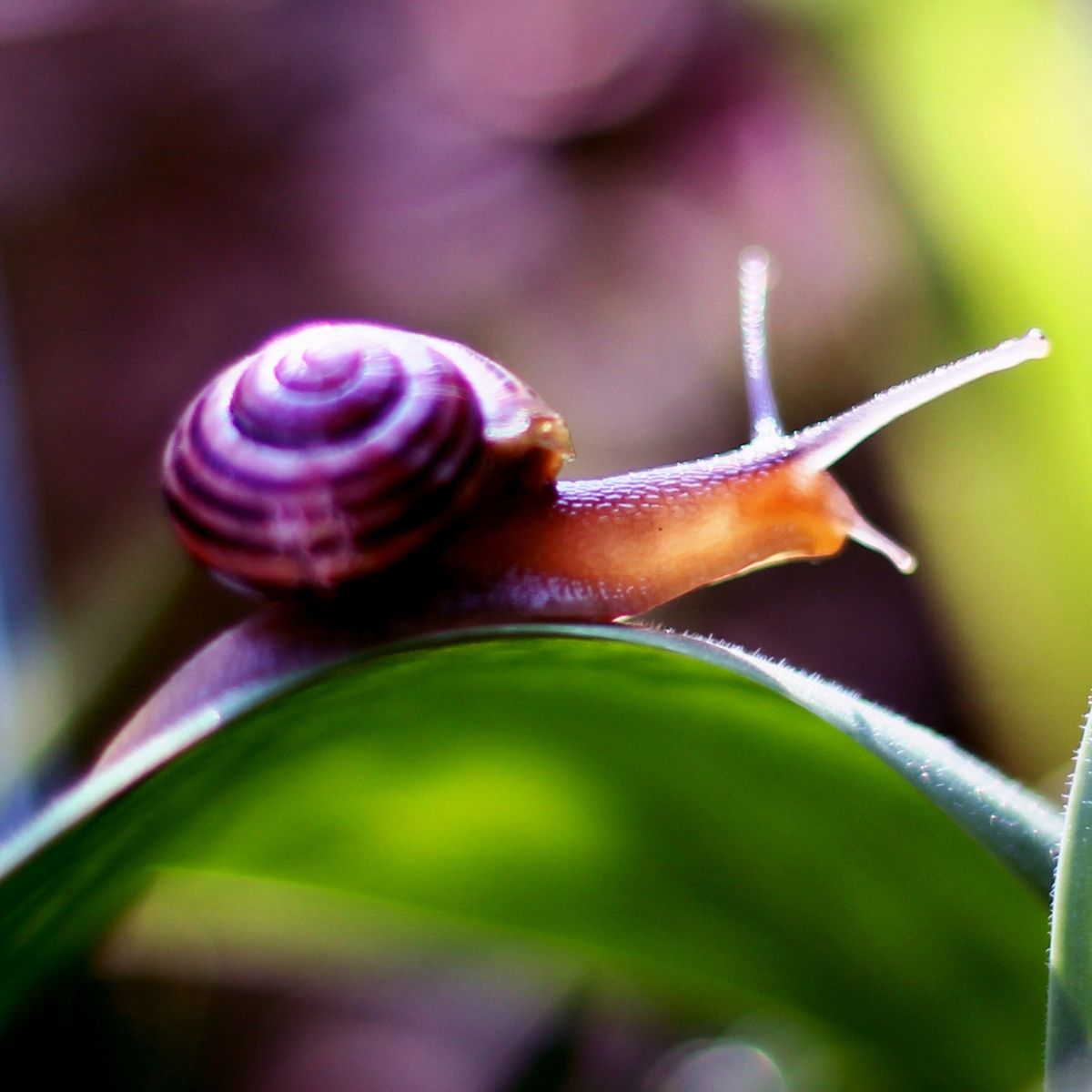
Factors affecting a snail’s diet and feeding habits are determined by the snail type, size, age, location, natural habitat, and nutritional requirements. Snails are most widely found in your garden, as long as what they feed on is found there.
What Are Snails?
Before we get into the details of what snails eat, let’s get a better understanding of what they are. In simple terms, a snail is a shelled gastropod. Although there are different types of snails, the one we most commonly associate with the term is land snails (terrestrial pulmonate gastropod mollusks).
Snails are small, slimy creatures that can be found living in a variety of habitats all around the world. They have soft, rounded bodies and long, pointed shells that act as housing for their vulnerable internal organs.
These animals move slowly and methodically through their environment, using their sticky tongues to eat a wide range of plants and other small organisms. Snails are an important part of many ecosystems, playing a key role in nutrient cycling by processing dead plant matter and depositing it back into the soil as fertilizer.
Though they might seem odd or even gross to some people, snails are incredibly interesting creatures with unique adaptations that make them well-suited to their roles in nature.
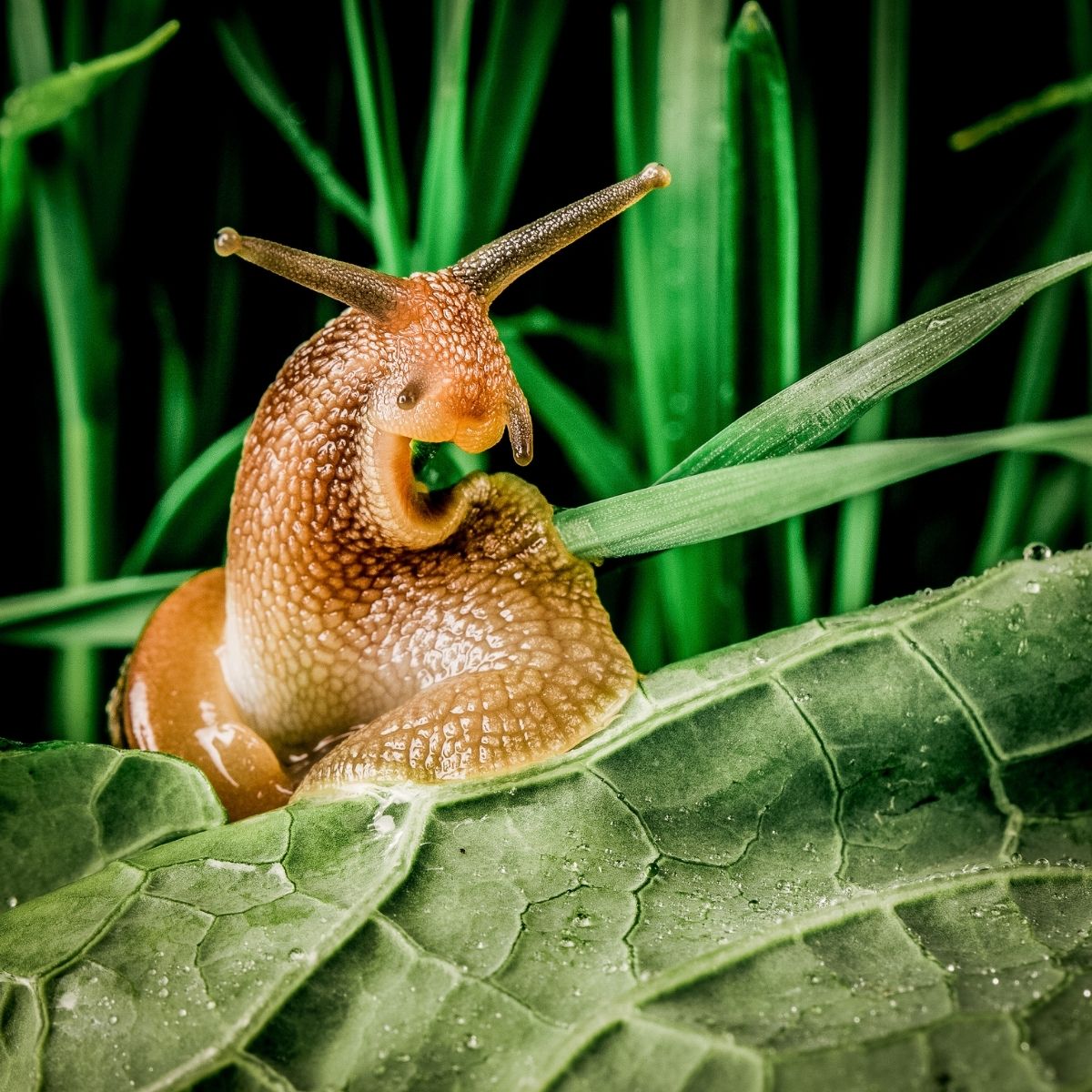
Where do snails live?
Snails live typically live in damp environments, such as under rocks or in piles of decomposing leaves, where they can easily access the moisture they need to survive. They tend to prefer areas with plenty of moisture and lots of lush vegetation, making them particularly prevalent in areas like wet woodlands, gardens, and even coastal marshes. Some snails might also live in more unusual habitats, such as inside old buildings or underneath rocks.
Many kinds of snails spend their time hibernating during the colder months of the year, and some types even bury themselves completely underground to stay safe from predators when it gets too cold outside. Ultimately, snails are an important part of any ecosystem and provide food for many other animals in addition to humans.
What Do Terrestrial Snails Eat?
There are more than 40,000 species of snails that live all over the world. The most well-known type is the land snail, also known as the terrestrial snail. The other two types are freshwater snail and sea snail. Most terrestrial snails are herbivorous, but you can find omnivorous and even carnivorous snails.
Snails will eat just about everything; they can be herbivorous, carnivorous, omnivorous, and detritivores (eating decaying waste from plants and other animals). There are specialist and generalist species that eat worms, vegetation, rotting vegetation, animal waste, fungus, and even other snails.
Depending on the type of snail, this will determine its eating preference. The various types of snails are known to eat different foods, and some are even known to be specific about what they like to eat the best. Some snails have been known to look harder for the foods they prefer, while others seem to be less fussy and will eat what is in the vicinity.
Let’s look at what the different types of snails will eat, and examples of the kind of food:
Herbivorous terrestrial snails will eat a variety of live plant parts, such as:
- Leaves
- Stems
- Plant Crops
- Bark
- Fruits
- Fungi
- Mushrooms
- Algae
Carnivorous terrestrial snails eat an array of small animals, such as:
- Slugs
- Earthworms
- Terrestrial animals
Detritivores terrestrial snails will eat plants and animals which are already dead and organic matter, like debris and solid residues in the soil.
Vegetables, Fruits, and Other Favorite Snail Plants
Now we know that snails eat a wide range of both plant and animal matter. When planning a new garden bed or maintaining your garden area, it is helpful to understand what specific plants snails will feed on.
Historically, snails were seen as a pest, destroying new, sprouting plants in big groups, but more recently, the snail’s reputation has begun to change. People see them more as helpers, as often they would choose to feast on dead plant and animal matter, thereby contributing to the health of the garden’s ecosystem.
They are also suitable for producing humus, and in so doing, they fertilize the soil, which is excellent for your plants and flowers.
Let’s look at the specific type of vegetables, fruit, and plants snails eat:
Vegetables that snails eat
The list is long for the types of vegetables a snail will eat. This list of vegetables is suitable for most species of snail. Some of the most popular vegetables snails eat:
- Cucumber
- Cabbage
- Artichoke
- Lettuce
- Kale
- Spinach
- Peas
Fruits that snails eat
Like vegetables, fruits are a popular diet item for snails. Here is a list of the fruits that snails feed on:
- Apricot
- Pears
- Cherries
- Plum
- Strawberry
Flowers that snails eat
There are some flowers snails are especially attracted to, for example:
- Larkspurs
- Sunflowers
- Hostas
- Dahlias
- Zinnias – plant zinnias at the edges of your garden to pull the snails away
- Lilies
- Carnations
- Hibiscus
Solid foods snails love
On top of vegetables and fruit, snails may eat the below food items if available:
- Oats
- Sunflower seeds
- Pumpkin seeds
Foods Snails Won’t Eat?
As mentioned, snails can be fussy eaters, but there are many things that they can eat. There are things they should not eat, such as cardboard, and all processed food, including pasta, rice, bread, and those foods containing sugar- in case you may be thinking of keeping them as pets!
There are some food items snails should not eat, as it will harm them if they do. Below are the items that will cause harm and cause snails to die quickly should they eat them:
- Salt is harmful and deadly to a snail as it removes their body moisture, and without this, they can no longer stay alive.
- Onions
- Citrus
- Rice, pasta, bread
- Foods that contain sugar
Are there plants that snails do not eat?
For gardeners, it is beneficial to know which plants snails do not eat. If you are aware of these plants, you can save yourself a lot of trouble. There are plenty of snail-resistant flowers, annuals, and perennials, such as:
- baby’s breath
- begonia
- California poppy
- catnip
- china aster
- dianthus
- evening primrose
- fuchsia
- grape hyacinth
- monarda
- nasturtium
- phlox
- snapdragon
- tulip
- verbena
- and many more
Most snails are not fond of sour fruits. Bitter substances and stiff leaves and thorns are there to assist the plants in protecting themselves against predators, in this case, the snail.
Here are some ideas of how to control the snail population in your garden, should it be growing to a concerning extent:
- Use old varieties of flowers that still have defense systems against snails.
- Increase biodiversity and attract as many natural enemies of snails as possible to your garden.
- use one or more of these slug removal tips
How Do Snails Eat?
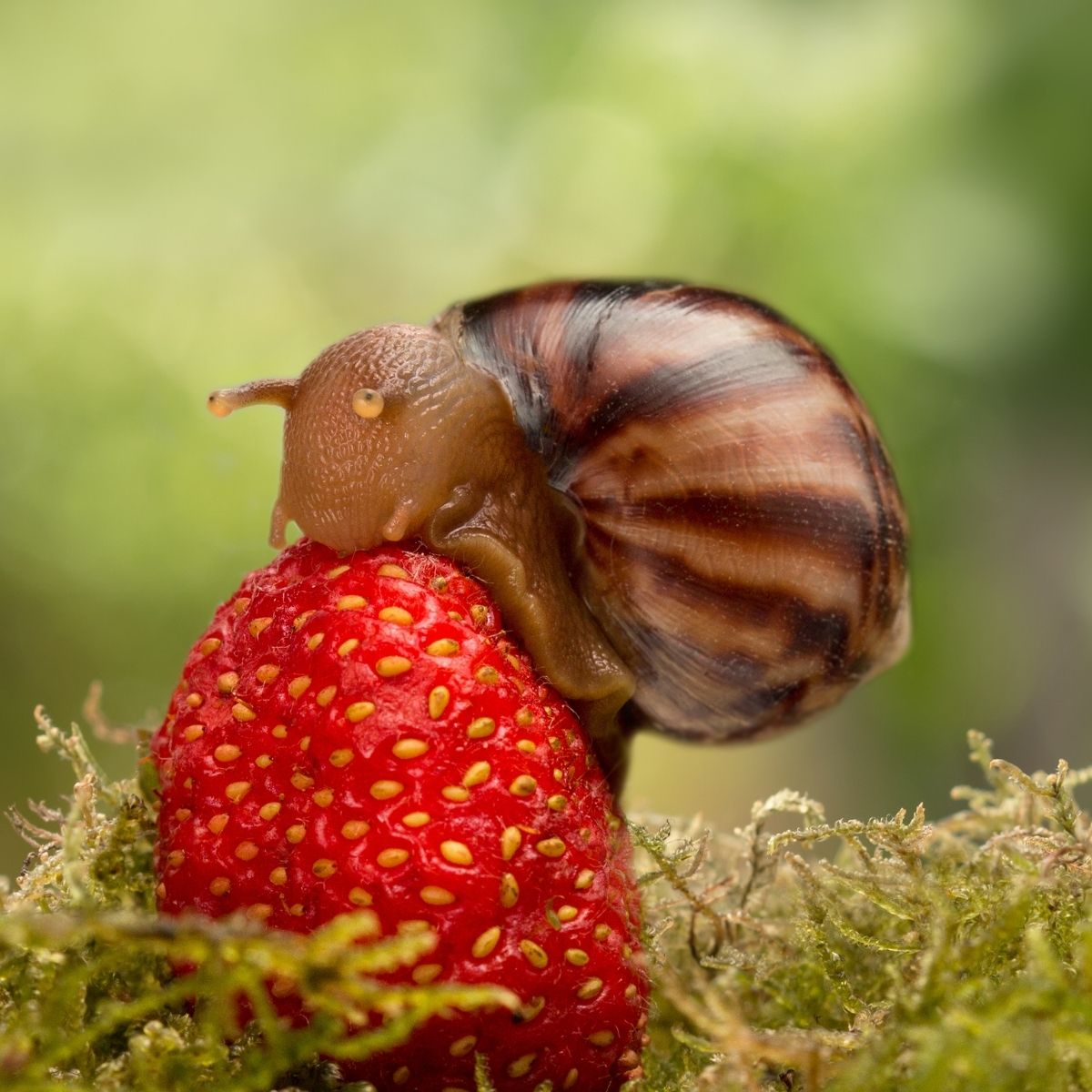
You might be wondering how this small, simple animal eats. Snails are fascinating creatures, and their eating habits are no exception. When a snail is ready to eat, it extends its large, muscular foot. This foot is covered in tiny, sharp projections called denticles, which the snail uses to grip onto its food.
The snail then extends its tongue, which is equipped with thousands of tiny tooth-like structures. These structures help the snail to rasp food into small pieces that can be easily swallowed.
Finally, the snail secretes a special enzyme that helps to break down complex carbohydrates and proteins. These enzymes also help the snail extract nutrients from its food. As a result, snails are able to get all the nutrients they need from even the most difficult-to-eat foods.
Here are some other things to know about snail eating:
- Despite their small size, snails can have a very voracious appetite
- Snails will continue to eat until they are completely full
- One of their most important nutrients is calcium
- Most snails can survive for weeks without a food source
What Do Snails Eat? – Conclusion
A snail’s diet includes a long list of food items; they have evolved to eat just about everything. Generally, snails are more interested in decaying organic matter above live plant material. This is great news for gardeners who may be concerned about their plants.
Snails also have a reputation for feeding together in groups and have specific preferences. Their diet includes anything from fungi, foliage, worms, centipede, insects, animal feces, mushrooms, carrion, and even other slugs. Cucumber is a favorite food item for snails, and some snails feed on other snails too.
If you’d like to encourage good snails in your garden, you can provide the resources and foods they need to survive. Although too many snails in a garden can become a nuisance pest, as they eat so much, having a few in your garden can be beneficial. It’s all about having the right balance in the ecosystem.
Do you have snails in your garden?
